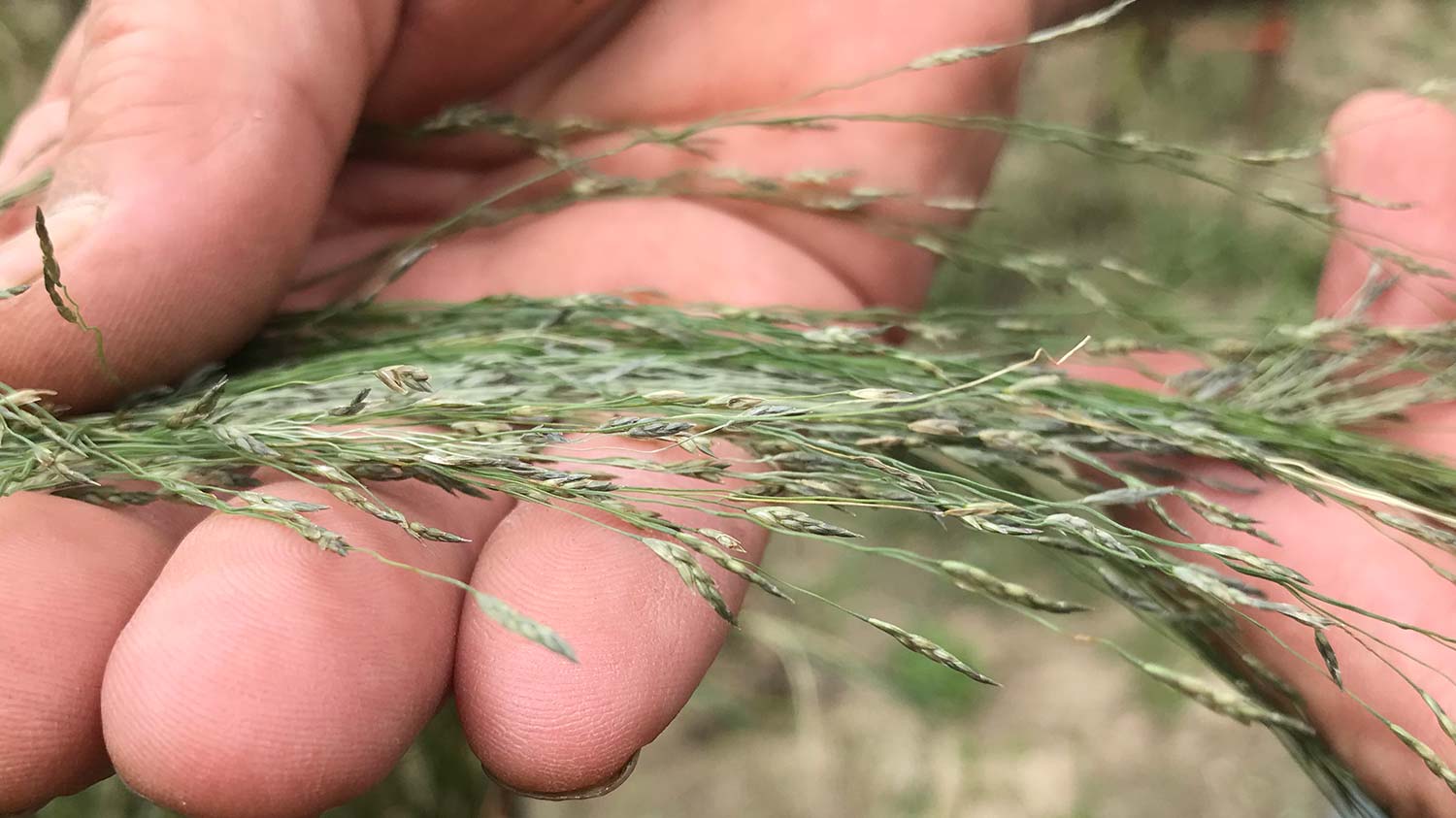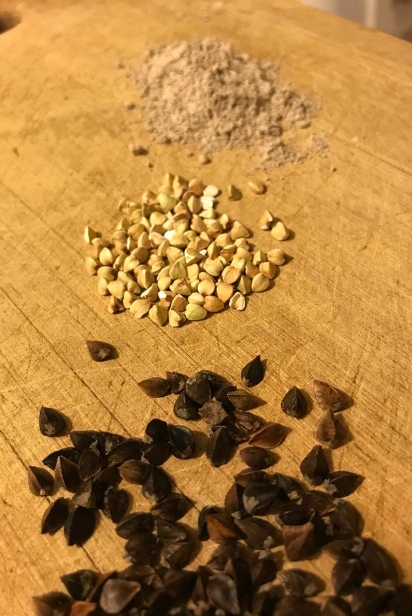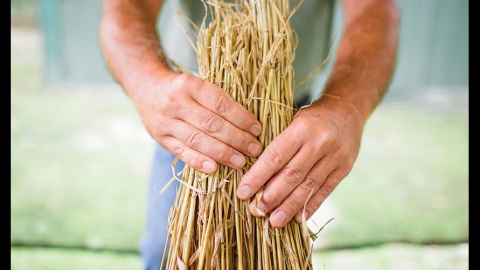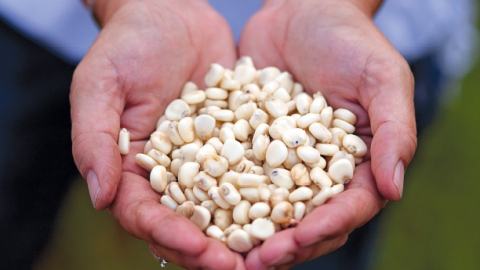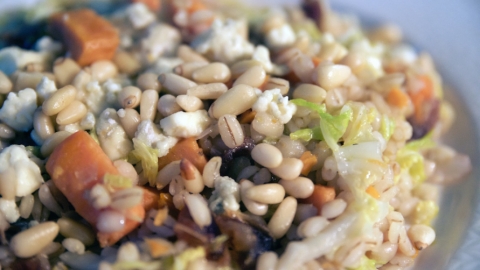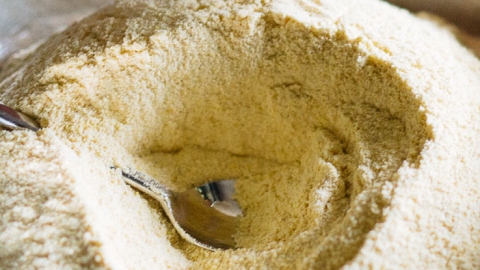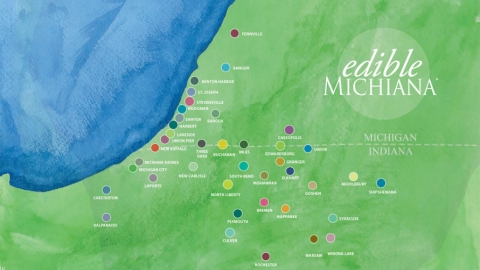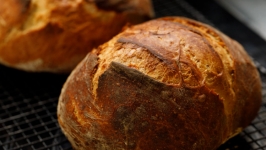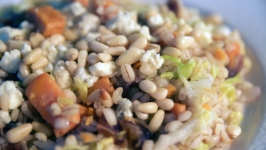Exploring grain families: buckwheat, farro, teff and more
“No sugar, no grains, no beans and nothing in the nightshade family. Also, avoid starchy vegetables and all high-sugar fruits.”
These words from my wife’s doctor were overwhelming. I wasn’t even the person receiving the directives, but I do often cook dinner. It was time to do my homework.
Doctor’s orders often lead to questions. What are grains, and what aren’t grains? What plants are in the nightshade family? Where is the line between starchy and non-starchy vegetables? And do I know which fruits are high-sugar vs. low-sugar?
With the growing number of new diets, food allergies and gluten intolerance, and concerns about food system contaminants, many of us are being forced to learn more about the plants we eat.
Grains have become a particularly thorny terrain. Most of us eat them as a source of carbohydrate calories. Grains, also called cereals, are generally members of the grass family and have certain traits in common: leaf blades with parallel veins (rather than broad leaves with branched veins, for pseudo-cereals), small and unflashy flowers, and round stems that contain nodes (think joints).
Still, there is great diversity within this family. The height of plants, seed size and color, and pattern of seed heads vary dramatically. Not every one looks or acts alike. Simply being a member of the grass family doesn’t automatically mean the seeds—the edible part of the plant—contain gluten. Like any family, it’s complicated.
Most of us know some grains in the grass family—corn, wheat, barley, rice, oats—but there are many other fascinating family members. These days, some of the marginalized grass crops are getting their day in the spotlight, including farro, millet, spelt and teff.
You might be unfamiliar with teff, but you may have eaten the spongy Ethiopian flatbread called injera made from teff flour. Turns out, teff is grown right here in Michiana by farmers such as John Sherck. This fall I visited John, owner of Sherck Seeds in Bristol, IN. John grows a vast diversity of crops, including many types of grains. Though some Michiana farmers are raising teff as forage for grazing animals, John is one of the few growing it for human consumption.
“I love teff,” says John. “The flavor is fantastic! If you’ve ever had it as a hot cereal, it’s unbelievable. As far as I know, it’s still considered one of the world’s smallest grains. And you’d think it would be really hard to harvest. It is more time-consuming to do on a home scale. But to me it’s worth it.”
John has inspired me to know and grow a greater diversity of cultivated grains. While visiting his farm, I explored some unusual broadleaf crops, too. Some of these crops yield nutritious seeds that can be eaten like grain.
John grows broadleaf “pseudo-cereals” such as quinoa and amaranth. Not only are these crops growing in popularity, the plants are beautiful and fit well into a diversified crop rotation, which reduces the depletion of soil nutrients and prevents the buildup of diseases and pests adapted to particular crop families. Fun fact: Did you know quinoa and amaranth are in the same family as beets and chard?
One of these amazing, gluten-free, broadleaf pseudo-cereals is buckwheat. As an agriculture educator, I have always loved buckwheat (rhubarb family!) for its flowering beauty. But a few years ago I fell in love with eating this alternative grain. Why? Even now, with her dietary restrictions, my wife can eat buckwheat. Yay, buckwheat pancakes! Japanese soba noodles (made from buckwheat flour) and cooked buckwheat (think rice substitute) pair well with special sauces and curries. Dark-colored buckwheat honey is also a delicious and beautiful treat.
Buckwheat’s ecosystem benefits are numerous, too: Bees, other pollinators and natural insect predators love its flowers. The buckwheat plant is great for the earth because its fine, fibrous root system conditions the soil for subsequent crops. We should probably be growing buckwheat everywhere.
Eating foods from a wider range of plant families is good for the body, for ecosystem diversity and resilience, and for keeping life interesting. It can even bring people of diverse food cultures together. For example, many of my seminary classmates are from Ethiopia. Learning about making injera is part of learning to know my classmates better. And every time I eat buckwheat, I remember the Japanese exchange student who lived with my family when I was small. Food connections can widen and deepen one’s sense of family.
Next time you shop for gluten-free pasta or scan a restaurant menu, consider ways you can diversify the plant families on your plate.


